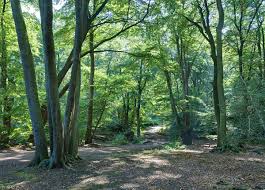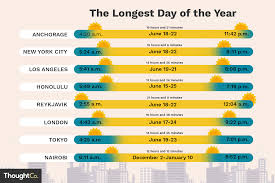Exploring the Wonders of Epping Forest

Introduction
Epping Forest, situated on the border of London and Essex, is a sprawling ancient woodland that extends over 2,400 hectares. Recognised as a Site of Special Scientific Interest (SSSI) and a Special Area of Conservation (SAC), the forest plays a crucial role in preserving biodiversity, recreational activities, and cultural heritage. With its rich history and ecological significance, Epping Forest draws thousands of visitors each year, making it an essential green space for both locals and tourists.
Ecological Importance
Epping Forest is home to a diverse range of flora and fauna, boasting over 1,000 species of flowering plants, 38 species of mammals, and countless birds, butterflies, and fungi. The ancient trees, many of which are more than 400 years old, provide vital habitats for wildlife. The forest has successfully managed to maintain its ecological integrity, thanks in part to conservation efforts by the City of London Corporation and various environmental organisations.
Historical Significance
The history of Epping Forest dates back over a millennium, once serving as a royal hunting ground for King Henry VIII in the 16th century. Today, this historic environment reminds us of London’s past, where ancient customs and traditions are still cherished. The forest includes several historic landmarks such as the Queen Elizabeth’s Hunting Lodge and the ancient hill fort at Ambresbury Banks.
Recreational Activities
With its extensive network of trails, Epping Forest is a haven for outdoor enthusiasts. Walking, cycling, and horseback riding are all popular activities within the forest, providing residents and visitors with a chance to reconnect with nature. Additionally, the forest hosts various events throughout the year, such as guided walks and educational tours aimed at both adults and children, promoting environmental awareness and responsible woodland use.
Conclusion
The significance of Epping Forest extends beyond its natural beauty. It is a vital ecological asset, a repository of history, and an essential recreational area for the community. As urban development continues to encroach on natural environments, preserving Epping Forest becomes increasingly important. It is not only a sanctuary for wildlife but also a treasured space that enhances the quality of life for Londoners and visitors alike. Continued efforts in conservation and responsible usage will ensure that Epping Forest remains a vibrant and lush retreat for generations to come.









